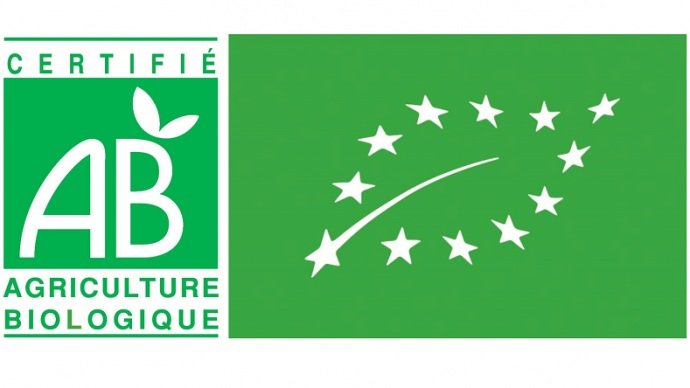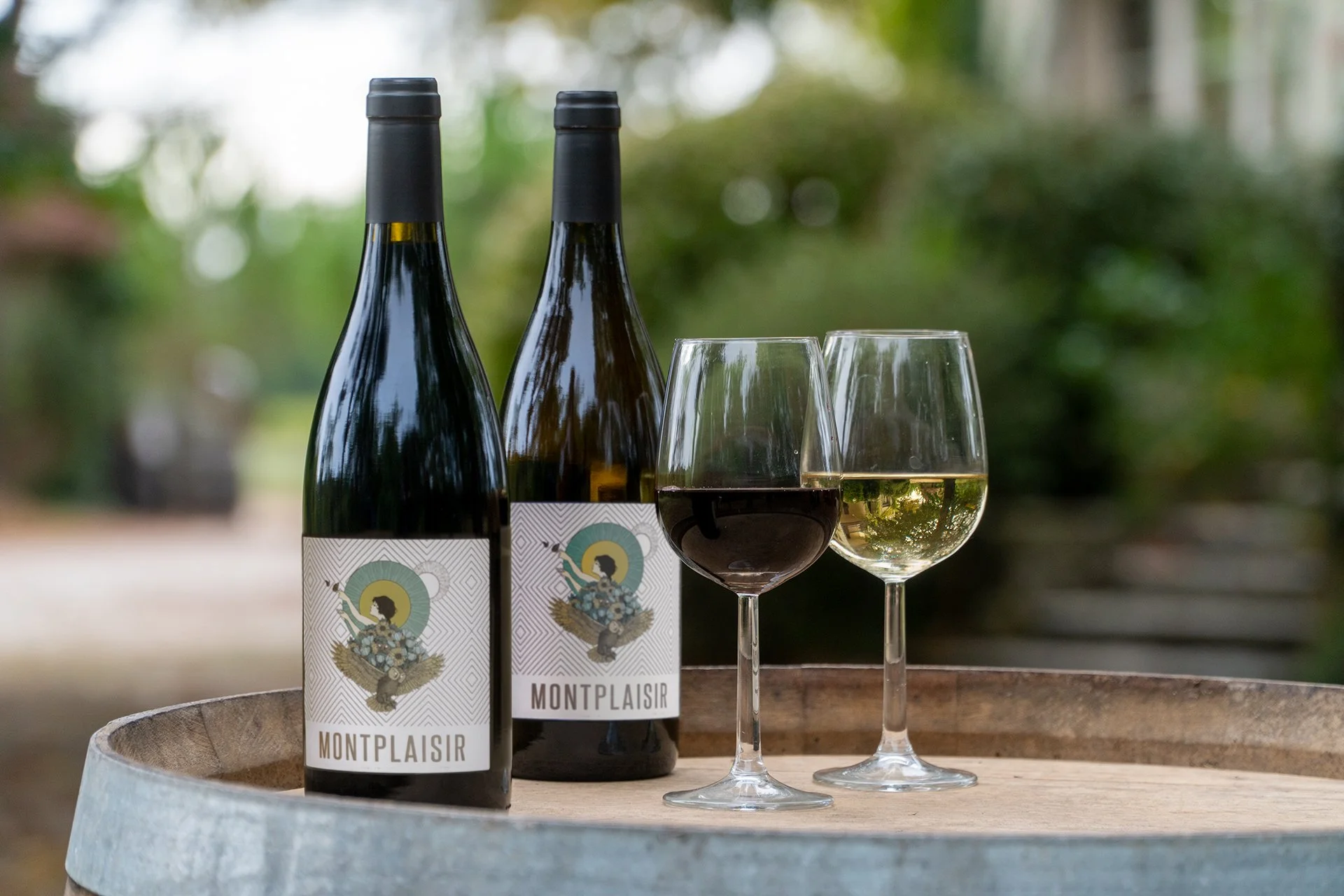Charles Blanc - Producer and owner of Château Montplaisir.
Château Montplaisir
Since 1917
20 years ago I took over Château Montplaisir from my parents. It’s a small estate with 5.5 hectares of vines. In order to be able to work on each vine with precision I have chosen to reduce the vineyard area by more than half. With the eight grape varieties that grow here I produce wines with great aromatic richness. With passion, the greatest respect for the soil and biodiversity.
Besides the switch to organic cultivation, to vinification and towards a High Environmental Value certification, I’m pretty occupied with the de-mechanization: it demands rigorous, demanding and precise work and creates time for extra attention and finesse.
| Discover our wines
| Tastings & Visits
| Orders & Deliveries
| Press & Medals

Biology, agroforestation and biodynamics.
Change of rhythm.
"When we start asking the simplest questions, and we unravel the entanglements of all the practices we have learned over several generations, we conclude all too easily that man was made to dominate nature.
We viewed the ground as a simple support, we added fertilizers and weed killers, we used synthetic phytopharmaceuticals, we started using increasingly heavier and more complex mechanization and forced the growth of the vines to our own rhythm. All at the expense of the uniqueness of the soil and the sensitive approach of the winegrower.
Return to the soul of a great ‘vin de terroir’ is not easy, but the results are gradually starting to show. There are secret connections between every plant, a symbiosis between the animal and plant world, which improves the correct development of every species. The winegrower is enabled by this natural balance to preserve the soil and to give that soil the chance to express itself in a free and healthy way.
The halving of the vineyard, the eight different grape varieties, the minimal use of copper and sulfur, the planting of about a hundred trees and shrubs per year, the settling of animal species in the vineyard, the application of plant infusion on the vine in herbal medicine, the sowing of varied plant cover all around, stopping excessive mechanization: these are all practices I have implemented to recreate a living, balanced and sustainable wellbeing."
Follow Château Montplaisir op Facebook & Instagram for more!
Our wines
Montplaisir
(Dry white wine / Red wine)
The Montplaisir cuvée was born from a desire to create great fine wines, complex and accessible…
Rosette
(Halfzoete witte wijn)
Rosette, the little pearl of the Bergerac region, is a semi-sweet white wine d'appellation contrôlée. Geographically delineated and mysterious…
Monochrome
(Droge witte wijn / Rode wijn)
The ‘ligériens’ of Montplaisir. Chenin for dry white wine, Cabernet Franc for red wine. Two grape varieties from the Loire…
Polychrome
(Droge witte wijn / Rode wijn)
The choice for diversity at the service of two great wines…
ZK 121
(Droge witte wijn / Rode wijn)
To leave a mark on a successful evening and continue to enjoy…

"The grape of a vine in balance, tells a whole story."
A grape that is not drenched in chemicals, that has no yield due to prescribed laws, is almost capable of transforming into a great wine on its own.
At this stage, it is the winemaker's job to eliminate himself as often as possible so that the grape can take its course and grow into the grape that it should have been naturally. Any intervention must be careful: a caress, a little help, an accompaniment that fully respects the identity of the terroir.
Tastings & Visits
I cordially invite you for a tasting and presentation of our Château Montplaisir wines.
Come and taste our wines! The tasting room and shop are open every day of the year from 10am to 7pm. Please arrange in advance on +33 6 81 05 69 64 .
A tour of the vineyard and wine cellar is always possible after registration.
The visit and the tastings are free.
Orders & Deliveries
Consult current prices and request an order form.
You will receive the order form including the shipping costs (calculated on the basis of quantity and delivery address).

"All white grapes and much of the red grapes are hand-picked so as not to damage the crop or the soil."
The transfers of the grapes and juices are mainly controlled by gravity to preserve the integrity of each berry as much as possible. The white must is placed in oak barrels, fully protected against oxidation.
For best results the delicate red extractions are done by trapping and infusion. The careful execution of all those activities, where respect for the fruit is crucial, allows me to significantly reduce the contributions of sulfur in my wines and shows me a little more of Montplaisir's character in each harvest.
Bergerac, in the Périgord.
Full of flavour and softness.
Here it is the Dordogne River that gives this valley the fertility of its alluvium, which softens the climate. Forests, meadows, orchards and vineyards share this serene area that has remained the same for millennia, retaining its exceptional nature.
Château Montplaisir is situated on the right bank, consisting of terraces combining gravel, sand and alluvial deposits. The soils that are very favorable for wine production, the temperate climate and the abundant sunshine contribute to the Bergerac vineyards having all the characteristics to produce fine wines.
The history of Château Montplaisir
Founded in 1917 by the Collet family, Chateau Montplaisir produced mainly dry and smooth Bergerac wines, reaching its peak in the 1950s. The last representative of the family died childless in 1975.
The property was bought at auction by my parents on June 6, 1978. Marie-Françoise Jean, daughter of a winegrower in Saint-Émilion and Jean-Louis Blanc, son of a Charente winegrower. They gradually renovated the buildings and the vineyard, regaining all its beauty and potential.
In January 2001, after working with my father for 3 years, after training and internships including one in New Zealand (Te kairanga wine), I passionately continued the work of my parents.




















